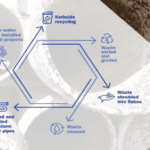Sober in the Country (SITC) is a grassroots not-for-profit pioneering radical change and social impact…
Electric vehicles face roadblocks in the bush
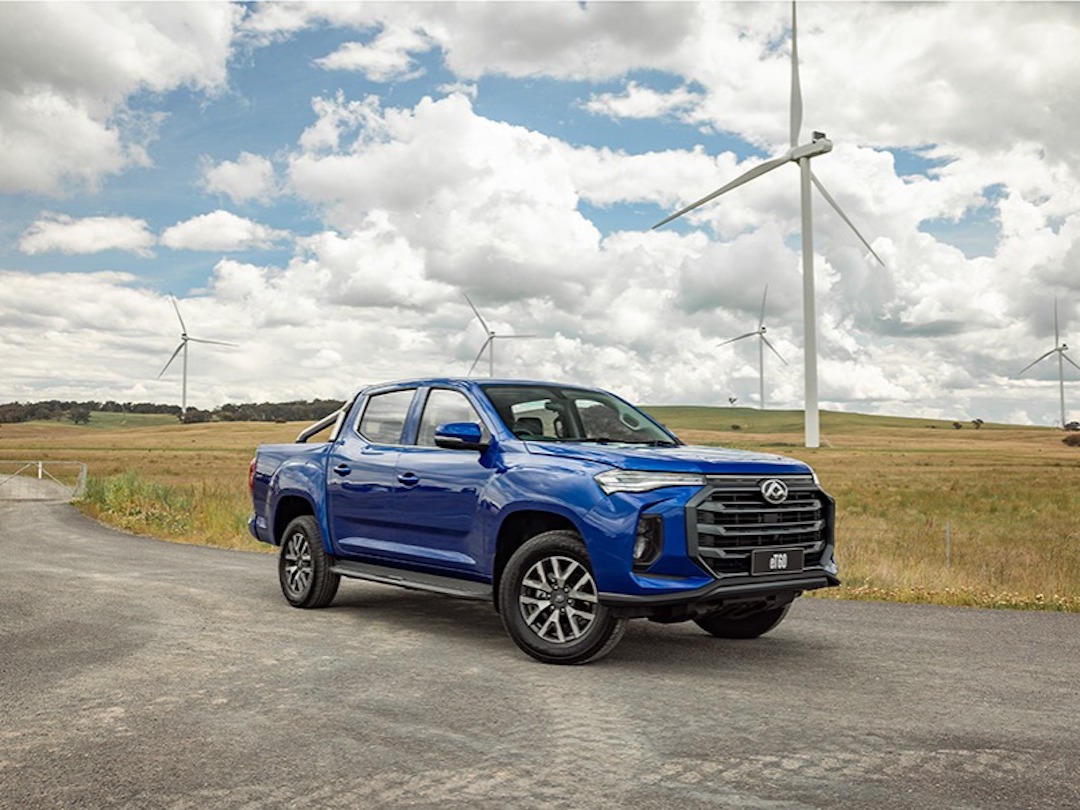
While the Australian Government is gearing up to impose low-emissions rules to encourage uptake of electric vehicles, rural communities grapple with the practicalities of making the switch.
Tough roads, the risk of breakdown or crashing into wayward animals, an inadequate supply of vehicles and a dearth of fast charging stations are some of the many reasons electric vehicle uptake has been slower in regional and rural areas.
There are also concerns that the Federal Government’s New Vehicle Efficiency Scheme (NVES), due to be phased in from January 1, 2025, will inadvertently penalise people who live and work outside metropolitan areas.
While the peak body for car manufacturers, the Federal Chamber of Automotive Industries (FCAI), says it strongly supports the introduction of a fuel efficiency standard, it also has warned of price hikes of up to $13,250 for popular diesel or petrol 4WD utes and large off-road SUVs that are essential workhorses for farmers, tradies and agribusiness.
Reg Kidd, who chairs the NSW Farmers Energy Transition Taskforce, says the federal government appears to be rushing into a one-size-fits-all approach that would disadvantage people with a genuine need for a diesel or petrol ute, or large SUV.
“They’re not really thinking about what people in rural areas tend to drive and the distances they cover,” he says.
“They’re going to be severely disadvantaged unless we get some more transparency from the government about what they’re actually talking about.”
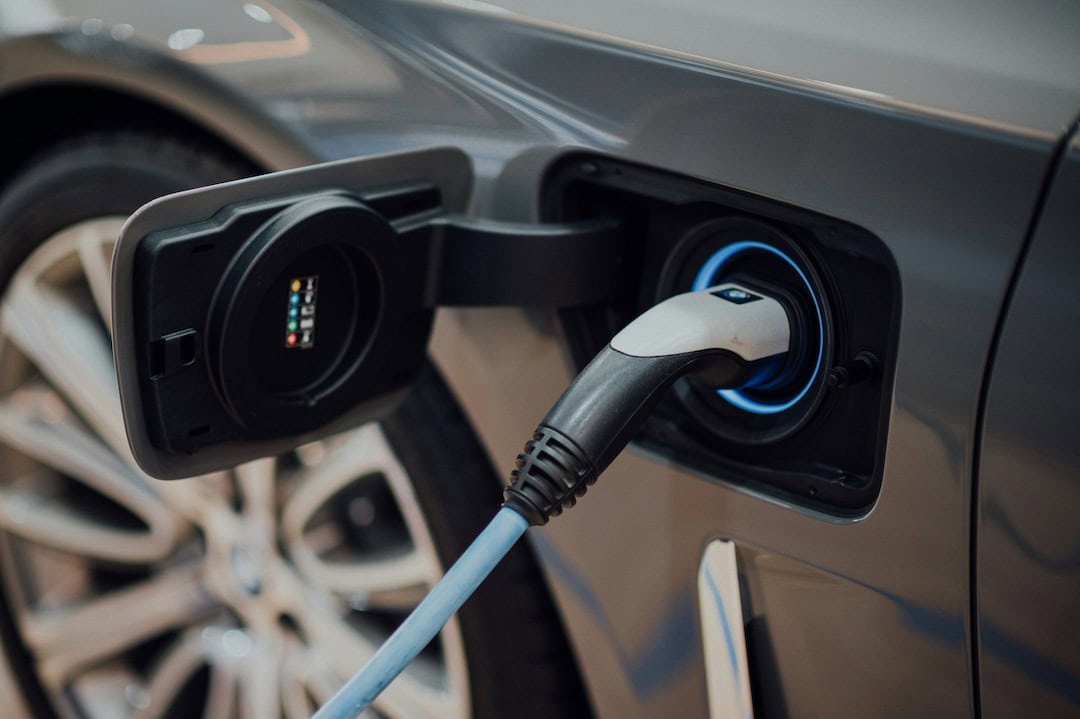
Mr Kidd says he’d also like to see critics stop arguing that rural people do not care about the environment or were ‘backward’ for not adopting electric vehicles.
There are many reasons rural people choose a diesel or petrol 4WD single or dual cab ute for work and a Toyota Landcruiser or Prado for the family, for example. These include:
• Significant distances travelled on dirt, gravel and rough sealed roads or offroad on-farm or at construction sites
• Space for passengers and storage for tools, equipment, luggage, and large quantities of groceries
• Towing capacity for trailers or horse floats
• Sturdy reliable vehicles that can be serviced by many mechanics
• Availability of spare parts
• Strong vehicles that provide greater protection to occupants in a collision with wildlife or wayward livestock
• Large fuel tank capacity (800-1000km) and the ability to be fitted with long-range tanks or carry drums or jerry cans of extra fuel
• Most towns have at least one service station where diesel or petrol vehicles can be quickly refuelled
Mr Kidd says none of the electric vehicles currently available in Australia fit the bill.
The sole electric ute, the LDV eT60, is rear wheel drive only, can tow up to one tonne and has a maximum range of 330km – which drops when fully loaded and falls further at speeds of more than 70km/h – but at more than $92,000 costs more than twice the price of the diesel LDV T60 Max Pro 4X4.
“I think it’s got to be a two-tiered approach here,” Mr Kidd says.
“The truth is they’re trying to force people out of fuel vehicles into electric vehicles, but the electric vehicles that we’re talking about? There’s none suitable for farming, or those in trades at the moment.”
Mr Kidd, an agricultural consultant, and former mayor of Orange, racks up a lot of time on the road. In the week he spoke to The Farmer, he travelled to Nyngan, followed by trips to Warren and Cassilis. All up, he drove more than 1300km across two days.
“Where would I top up if I had an EV, if there was one available?” he says. “And then I thought about the roads that I was on… what would happen if I broke down? So, I think the technology has got to improve dramatically, the availability of charging spots and how rapidly you can charge also has to increase dramatically. And it will.”
There are no chargers at Warren, Narromine, Gilgandra, or Cassilis, so the same journeys to Nyngan, Warren, and Cassilis in a battery-equipped EV (BEV) would have taken Mr Kidd almost 1400km and an extra three hours or more.
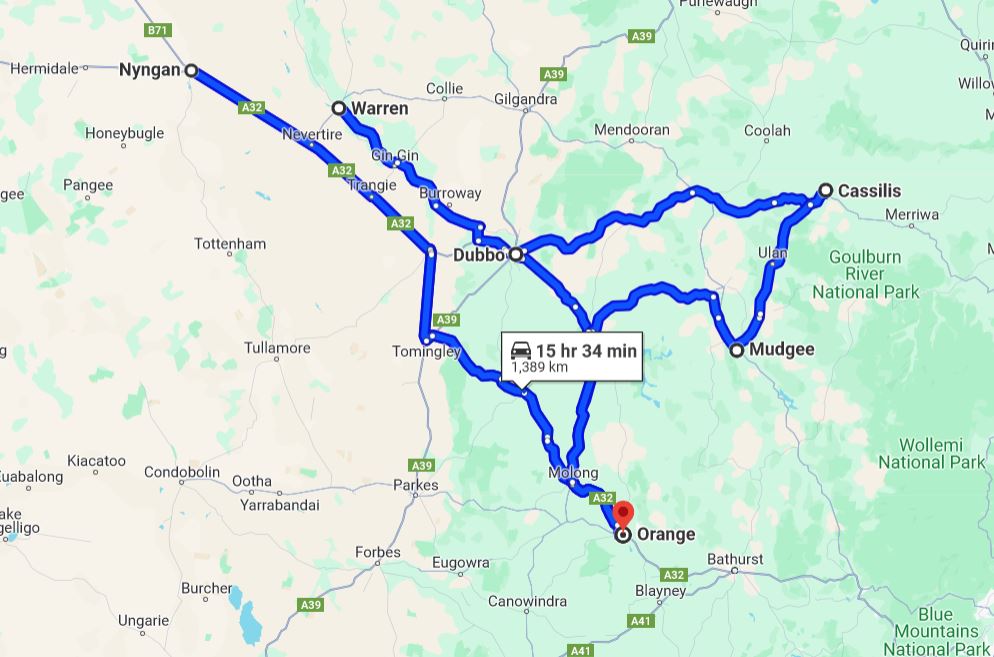
Possibility of price hikes
The FCAI’s figures on the impact of an emissions standard on vehicle prices have been widely publicised since their release in February.
Liberal and Nationals politicians seized upon them, with Opposition Leader Peter Dutton claiming in a post on X (formerly Twitter) that the proposed new car and ute tax could increase the cost of “Australia’s favourite family cars by up to $25,000”.
During a later joint interview with Angus Taylor and Michaelia Cash at a Toyota dealership in Perth, Mr Dutton said people would pay $14,500 more for a Hilux under the NVES.
“If you’re living in a regional area, or if you’re living here in Perth and you’re driving out to work each day as a tradie or as a farmer, if you want a heavier vehicle with a bull bar, for example, because you’re driving late at night and you’re worried about animals on the road, you just need a 4WD because you’re going onto a farm or into a work environment where you need a heavier vehicle. You shouldn’t be paying an extra $15,000 or $25,000 for that vehicle, as Mr Albanese is proposing,” Mr Taylor said during that interview.
The publicity caused a storm amongst FCAI members, with EV makers Tesla and Polestar resigning and Volkswagen withdrawing from the FCAI’s policymaking council in March.
Tesla also referred the FCAI to the Australian Competition and Consumer Commission, expressing concern that the FCAI had repeatedly made claims that were demonstrably false and “engaged in behaviours that are likely to mislead or deceive Australian consumers”.
ABC Fact Check investigated the Opposition’s claims, finding the NVES was not a new tax, and an FCAI spokesman told the unit that industry modelling the claims were based on did not relate to consumer prices.
The spokesman told Fact Check that FCAI modelling looked at scenarios “on penalties and credits that may apply to (car) brands” under the proposed standards.
“This is not a forecast on price impacts,” he said in an email.
“Price and how penalties/credits are carried forward will be a matter for each brand and how they are impacted under the scheme.”
Government analysis released in February found there had been little or no impact on the retail price of vehicles from the adoption of fuel efficiency regulations overseas, in places such as the United States, European Union and New Zealand.
“The intention of the NVES is to require vehicle suppliers to include more modern fuel-saving technology in the new cars sold to Australian consumers, and for suppliers to provide an increasing range of hybrid variants and EVs,” the report said.
As a nation of drivers, the report said Australians were being denied access to low- and zero-emissions technology, and new passenger cars in Australia use an average of 20 per cent more fuel than new cars in the US.
Miles to go
NSW motorists are gradually adopting hybrid and electric vehicles, with the proportion of vehicles registered in the state rising from 1.42 per cent in 2021 to 2.64 per cent in 2023.
Four of the top 10 vehicles sold in Australia last year were 4WD utes or large SUVs, as were three of the 10 most popular vehicles sold in NSW. The top two in both cases were the Toyota Hilux and Ford Ranger.
A spokesperson for Climate Change and Energy Minister Chris Bowen says the Opposition had mounted a baseless scare campaign.
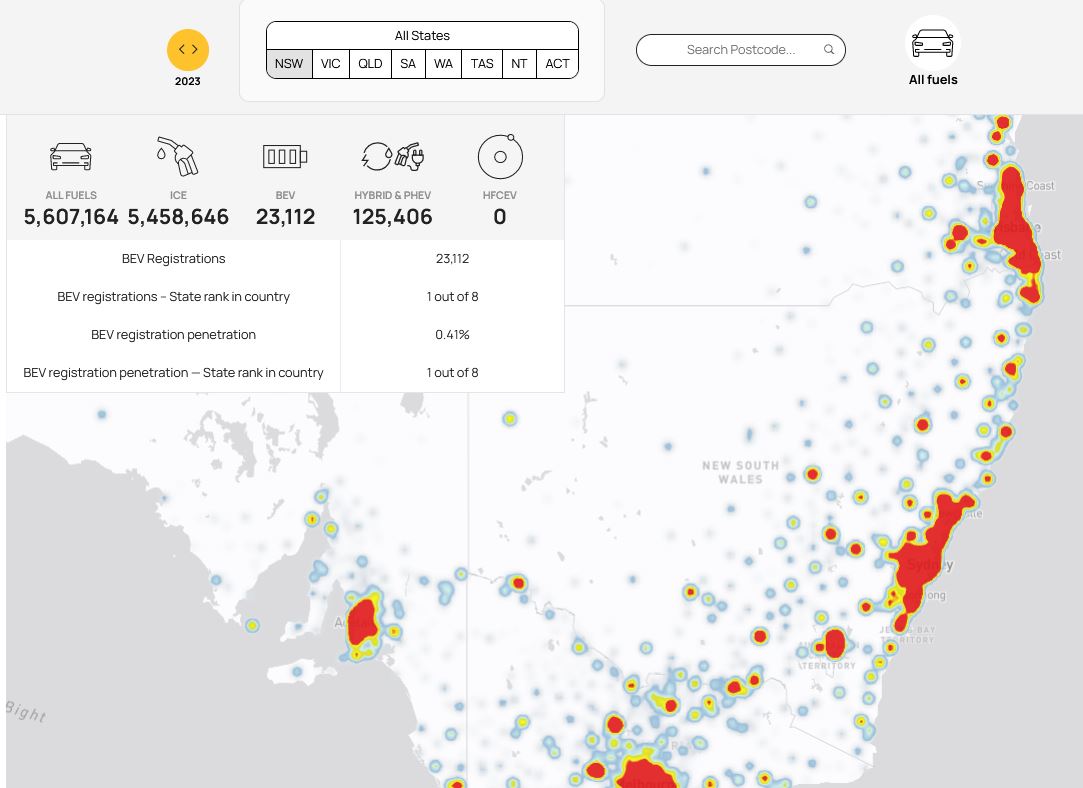
“We know utes are used differently to passenger cars. It’s why the Standard has a separate category with different targets for light commercial vehicles, accounting for the size and weight of these vehicles,” she says.
“It’s up to Peter Dutton and the Nationals to explain why they want Australian farmers locked out from making choices that could save them thousands of dollars every year in petrol.”
More fuel-efficient versions of some of Australia’s most popular cars are available overseas, including those with better internal combustion engines that use less fuel, or hybrid versions such as the Toyota Hilux Hybrid 48V and Ford Ranger Plug-in Hybrid – due in Australia next year.
The Isuzu D-Max EV is in development and Isuzu UTE Australia has asked the Federal Government to give manufacturers more time to produce lower emission vehicles, as well as reducing fines for exceeding the emissions cap, or risk brands quitting the Australian market.
“Globally, Isuzu’s transition to low- and zero-emission vehicles is underway, with the brand committed to introduce an electric ute” the brand said in a statement. “However, the reality is that due to the infancy of zero-emission technology in light commercial vehicles, it will take more time to develop zero-emission utes and large-SUVs that are both affordable and fit for the specific needs of Australians, including the ability to travel extensive distances, carry a load and tow.”
Isuzu warned car makers might have to increase vehicle prices to cover fines.
“Vehicle brands that cannot increase vehicle pricing to cover the penalties may be left with no option but to exit the Australian market,” the statement says.
Toyota Australia Vice President of Sales and Marketing Sean Hanley also says ute and large 4WD buyers will likely face price hikes under the NVES, which would punish “middle Australia”.
Mr Hanley says the proposed transition was too quick and more time was needed to make the necessary adjustments.
“It simply doesn’t recognise the technical hurdles, the lengthy time and the substantial cost that will be required to deliver commercial (battery EVs) that are practical, that are capable and, above all, are affordable,” he tells CarExpert.
“Unless the final scheme is less aggressive, it will have a profound negative impact on regional and rural Australia that will reverberate throughout the Australian economy.”
Mr Kidd says everyone, especially farmers, was in favour of improving efficiency, and people would adopt it once the technology was proven and available.
“Once they see something that works, it’s efficient, and it’s effective then people go for it,” he says.
“That’s how people buy things. Some people have the wrong idea and think that these utes and the larger SUVs are luxury vehicles. To people in rural areas, they’re not – they’re workhorses and they’re essential vehicles for where they live.”
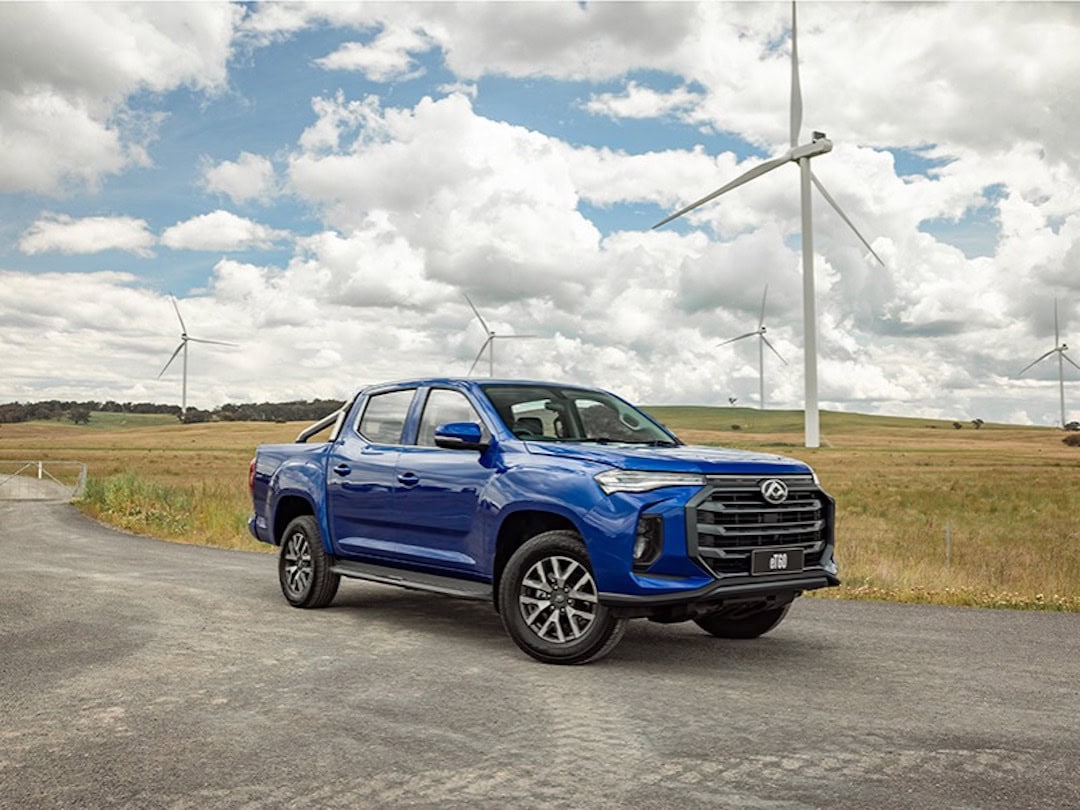
What is the New Vehicle Efficiency Standard (NVES)
The New Vehicle Efficiency Standard (NVES) is part of Australia’s strategy to improve supply and access to new cars that use less fuel, and reduce carbon dioxide emissions from new cars.
From January 1, 2025, car companies will be given targets for average CO₂ emissions per kilometre across their new vehicle fleets.
This CO₂ target will increase over time, forcing companies to provide vehicles with lower or zero emissions to meet stricter targets.
Companies will still be able to sell new vehicles with heavier fuel consumption, but they’ll need to offset them with more fuel-efficient models.
If companies meet or beat their CO₂ target, they’ll receive credits from July 1, 2025. If they miss it, they can either trade credits with a different supplier, make it up in the following two years, or pay a penalty.
The government’s preferred option, Option B, would cut emissions from new vehicles by 60 per cent over the next five years.
Under that option, companies would be penalised $100 per gram/kilometre over their set CO₂ target.
There would be two CO₂ caps: one for passenger vehicles and many SUVs; the other for utes and vans, which would be classified as light commercial vehicles. In response to negative polling and public campaigns, the Federal Government announced it would classify large 4WDs such as the Landcruiser, Nissan Patrol, Ford Everest and Isuzu MU-X as light commercial vehicles.
Sources: Cleaner, Cheaper to Run Cars: The Australian New Vehicle Efficiency Standard Consultation Impact Analysis, Grattan Institute, CarExpert, SMH.com.au, Joint media release: Catherine King and Chris Bowen.
To read about the possibility of renewable diesel, click here.




